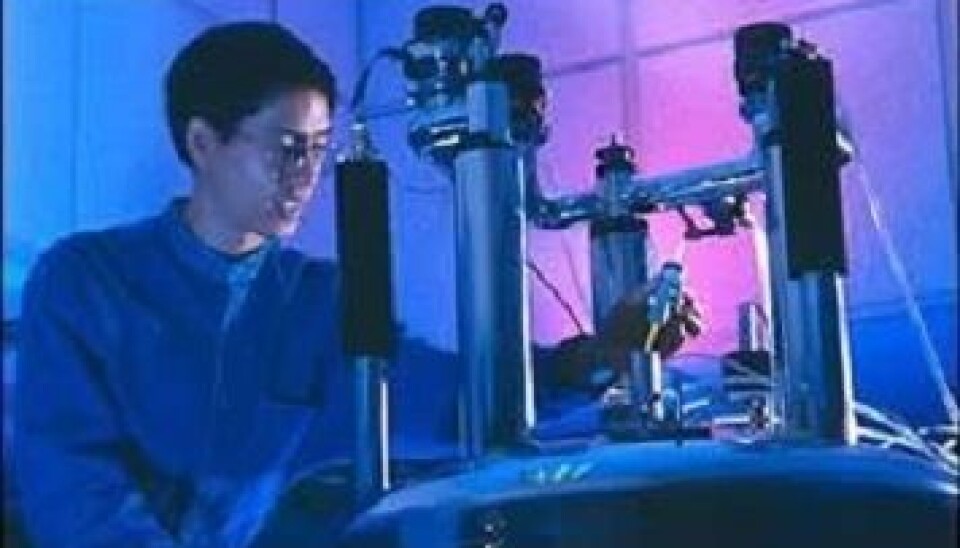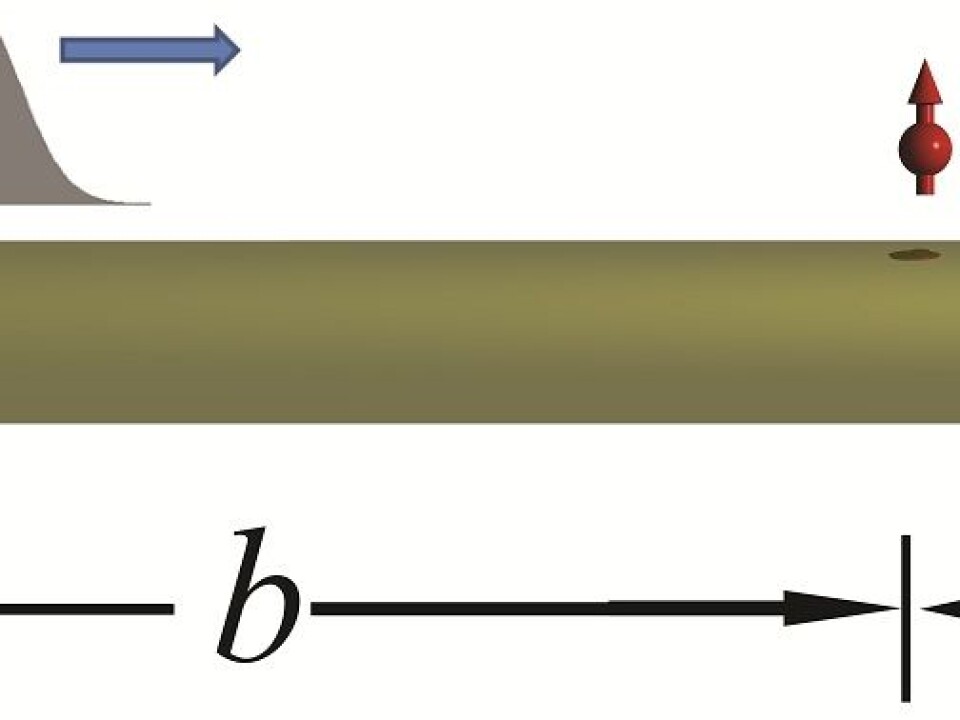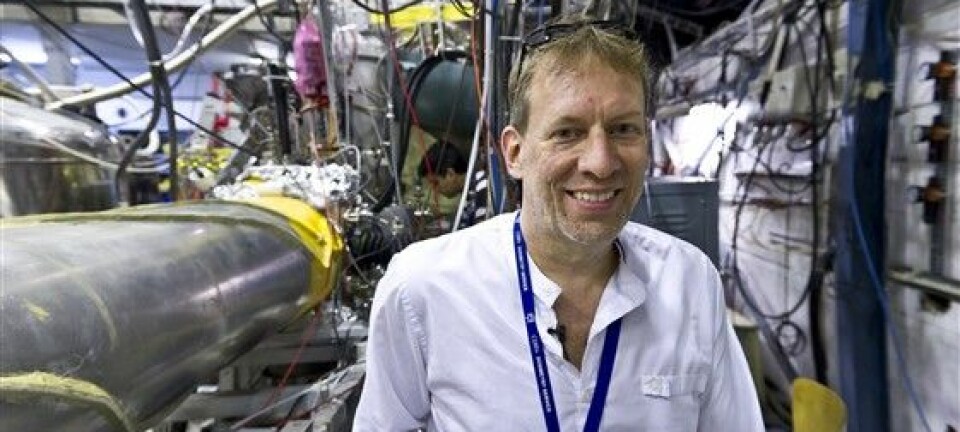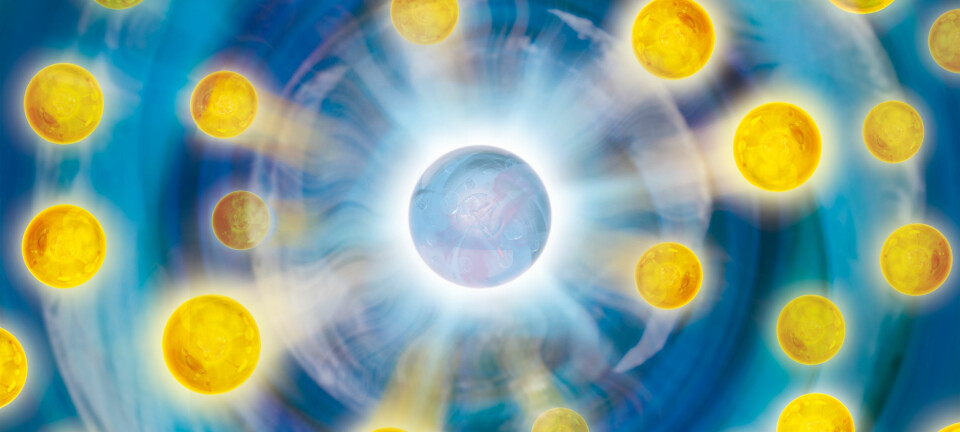
Bright idea brings quantum computers closer
Super-quick quantum computers have come a step closer after researchers have discovered a simpler way to store data in atoms.
Theoretical physicists have discovered a way of changing the charge of an atom by hitting it with an ultra-thin ray of light – actually a single photon.
This makes it possible to store information in atoms for use in tomorrow’s super-quick quantum computers.
Computers today use bits – streams of 1s and 0s that each represent a piece of information. Quantum computers use qubits (quantum bits) – individual atoms so small that they are governed by the laws of quantum mechanics.
According to quantum mechanics, something as small as an atom can be in two places simultaneously. Thus, in a quantum computer, an atom can represent a 1, a 0 or a mixture of both at the same time. This enables a quantum computer to make many simultaneous calculations and far faster than a classic computer, which can only do one calculation at a time.

To use atoms as qubits requires us to be able to control whether the atom represents a 1 or a 0 – which the Danish physicists are aiming to do using photons.
Hitting an atom with a photon excites the atom – alters its electrical charge – so it changes from representing, say, 0 to 1.
Weak photon light a challenge
However, exciting an atom with the weak light of a photon is far from easy – but the researchers believe they have found a way to do it:
“If you simply want to excite the atom, you can hit it with laser light and bang! – you will in all probability excite it,” says Martijn Wubs, an Associate Professor at the Department of Photonics Engineering at the Technical University of Denmark (DTU). “But exciting it with a single photon is a challenge.”

Other researchers have suggested letting a photon run along a long, ultra-thin silver thread towards the atom to be excited. By splitting the photon and sending it towards the atom from two sides at the same time, so the parts meet at the atom, there is a great chance that the photon will excite the atom.
This is a highly complicated process and it is difficult to synchronise the two parts of the photon. The DTU researchers wanted to simplify this method and use a single, whole photon from one source. Their solution was to cut the silver thread so its end turns into a mirror.
Reflecting light makes it stronger.
“Then we can send a photon along the silver thread,” says Wubs. “While the trailing edge of the photon is still moving along the thread, the leading edge has reached the end of the thread and has been reflected back. This makes the light stronger and thus gives the best chance of exciting the atom.”
Although the probability of exciting the atom is currently only about 72.4 percent, Wubs says that they have managed to simplifiy the problem considerably and that will perhaps encourage others to experiment with the idea and turn it into reality.
The theoretical physicists will continue researching other configurations to raise the probability of exciting the atom.
The new method is described in the October issue of the New Journal of Physics. It was developed by Wubs, Yuntian Chen, a postdoc, and Professor Jesper Mørk, all of the Department of Photonics Engineering at the Technical University of Denmark, together with Dr A. Femius Koenderink PhD of the Center for Nanophotonics, FOM Institute of Atomic and Molecular Physics, Amsterdam.
Read the article in Danish at videnskab.dk
Translated by: Michael de Laine








